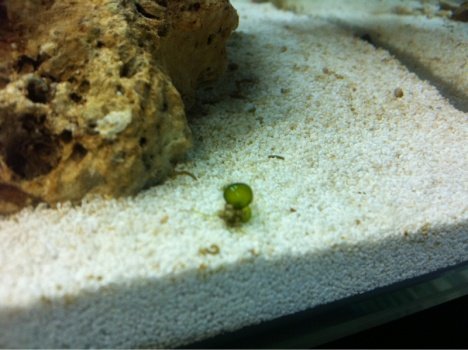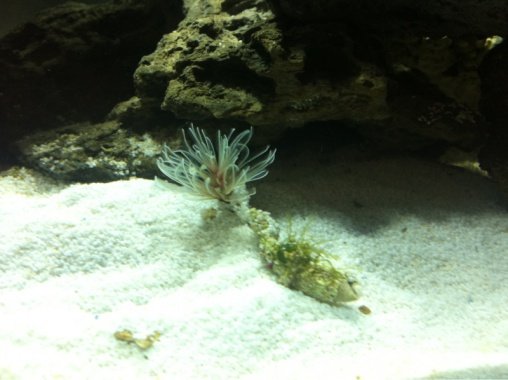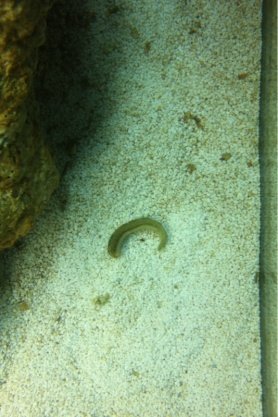You are using an out of date browser. It may not display this or other websites correctly.
You should upgrade or use an alternative browser.
You should upgrade or use an alternative browser.
Feather duster worm?
- Thread starter CTCG
- Start date
The friendliest place on the web for anyone with an interest in aquariums or fish keeping!
If you have answers, please help by responding to the unanswered posts.
If you have answers, please help by responding to the unanswered posts.
mr_X
Aquarium Advice Addict
that green thing? it's a piece of bubble algae.
Maya
Aquarium Advice FINatic
Lol! I thought the same thing.
Fishbone13
Aquarium Advice Freak
mr_X said:that green thing? it's a piece of bubble algae.
That's what it looks like to me
Crepe
Aquarium Advice Addict
I see my confusion. That used to be attached to the feather duster. Will it float and thrive? Good or bad?
Bad. They'll coat everything. Gently scoop it out of your tank. Don't pop it.
Maya
Aquarium Advice FINatic
Some fish love to eat them. The tang goes insane if she sees a piece. My emerald crabs will also annihilate it. But bubble algae is a nuisance algae.
Crepe said:Bad. They'll coat everything. Gently scoop it out of your tank. Don't pop it.
Scooped and tossed! Thx!
Everyone quit searching... I found the answer:
Reproduction
Feather duster worms reproduce both sexually and asexually. Sexual reproduction involves the release of gametes into the water where the fertilized eggs develop into free-swimming larvae that eventually settle in an appropriate habitat. In the case of Serpulids, they settle on corals and the coral grows around the calcareous tube they build, making asexual reproduction nearly an impossibility for them. Soft tube varieties reproduce sexually, but many form dense colonies of clones by a budding process called scissipary. In this process the posterior end of the worm breaks off and develops a new crown while the “parent” grows a new posterior.
Reproduction
Feather duster worms reproduce both sexually and asexually. Sexual reproduction involves the release of gametes into the water where the fertilized eggs develop into free-swimming larvae that eventually settle in an appropriate habitat. In the case of Serpulids, they settle on corals and the coral grows around the calcareous tube they build, making asexual reproduction nearly an impossibility for them. Soft tube varieties reproduce sexually, but many form dense colonies of clones by a budding process called scissipary. In this process the posterior end of the worm breaks off and develops a new crown while the “parent” grows a new posterior.
Crepe
Aquarium Advice Addict
That's pretty neat. When'd you get it?
Similar threads
- Replies
- 1
- Views
- 605
- Replies
- 5
- Views
- 316
- Replies
- 1
- Views
- 370
- Replies
- 2
- Views
- 575



